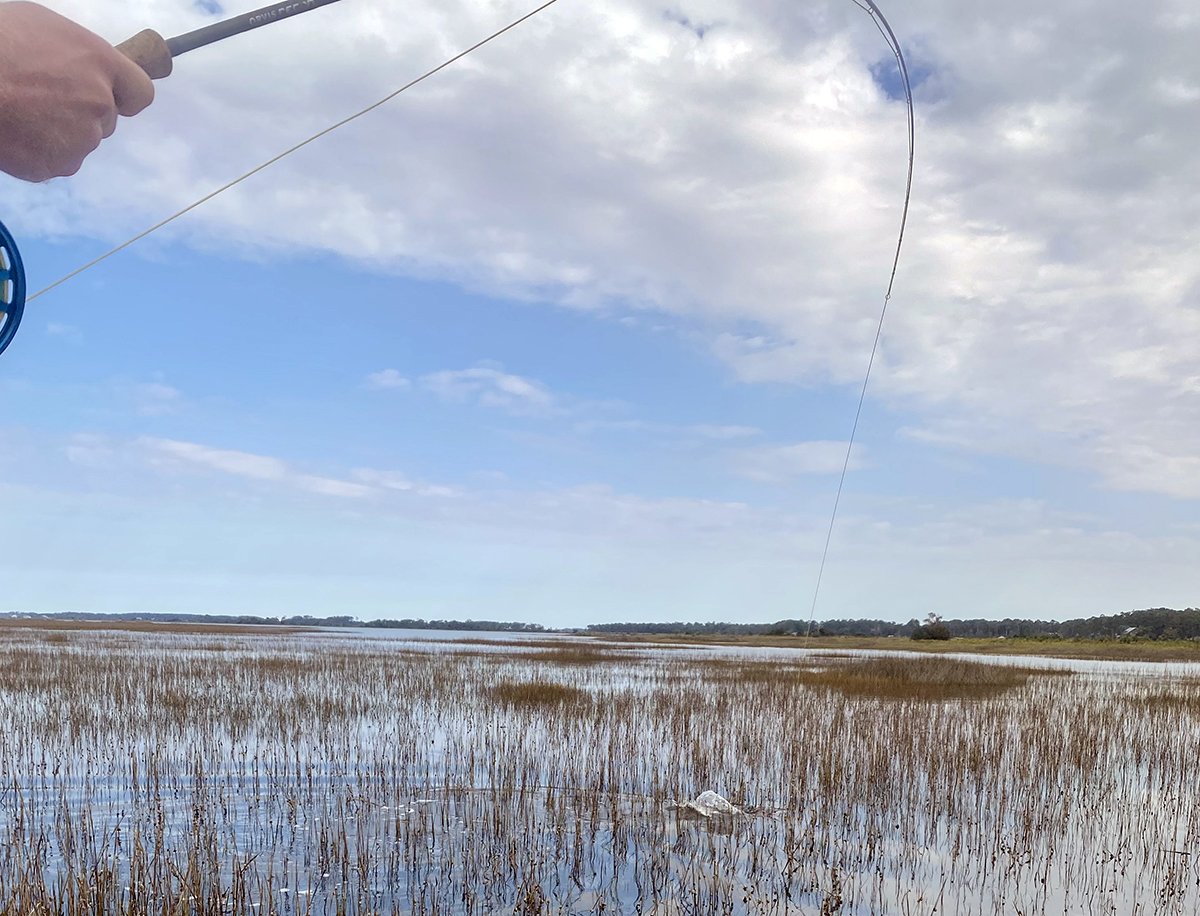Editor’s note: To stimulate discussion and debate, Coastal Review Online welcomes differing viewpoints on topical coastal issues. See our guidelines for submitting guest columns. The opinions expressed here are not those of Coastal Review Online or the N.C. Coastal Federation.
After two years of fighting against N.C. State University over the fate of the Hofmann Forest, you would be surprised how hard it is to figure out how to respond now that, against all odds, it appears we may have actually won.
Supporter Spotlight
For those who haven’t been following this issue, the Hofmann Forest is a 79,000-acre tract that has been owned for the benefit of N.C. State since 1934. Hofmann is in Jones and Onslow counties, just west of the Croatan National Forest and just to the north of Camp Lejeune. The tract happens to be the largest piece of state-owned land in North Carolina, and the largest university research and teaching forest in the world. It is so large that three different rivers flow from the pocosin wetlands that make up its inner sanctum — the Trent, the White Oak and the New.
Despite all of these superlatives, in early 2013 N.C. State decided to put the land up for sale. Their official rationale was that they thought they could make more money to educate their conservation-minded students in the College of Natural Resources by liquidating Hofmann Forest and investing the proceeds in Wall Street. Never mind that the university endowment funds were still hurting from the stock market crash, and never mind the signal this would send to the rest of the world about the value of natural resource management as a career — or at least about the ethics and integrity of the university’s administrators, who were making this decision against the wishes of the forestry faculty, students and alumni.
We fought the sale with everything we could think of for two solid years, and despite proclamations by certain elements of the media that we were destined to lose, today it actually looks like we’ve won. The Midwestern corn farmer who planned on buying Hofmann and turning it into 50,000-acres of hog chow production backed out of the deal, due to some combination of our advocacy, the collapse in the price of corn and the increased vigilance by the EPA and Army Corps of Engineers over the status of wetlands on Hofmann. We can thank the N.C. Coastal Federation for alerting the agencies to possible violations.

The deal fell apart back before Christmas, and now, a few months later, the university has finally announced a new plan where they will retain almost all of the forest. As we pointed out all along, but as university officials are now admitting, it seems like they can make as much or more money over the long term by holding onto Hofmann Forest rather than selling it for short-term gain.
But we need to look at what we know about the new plan carefully to see if we can find any devils lurking in the details. One big issue that needs to be addressed is that university leaders are still not involving any other stakeholders in their decision-making process about the fate of Hofmann Forest. We’ve been calling for public participation all along, and yet this new plan, like the old plan, was crafted in secret and unveiled with no invitation to any groups to comment or make suggestions for improvement. That might be acceptable behavior for a private timber outfit, but this is a public university managing public land, and they need to be held to a much higher standard. So many people have a stake in what happens at Hofmann Forest — including beach-goers who visit Emerald Isle, which is just downstream from the forest at the mouth of the White Oak River.
Supporter Spotlight
We can’t complain about the plan to keep most of the forest in university hands, that part sounds good. And they are talking about selling easements on as much of the forest as they can, which is what we’ve been urging since day one of this campaign. We need to make one distinction though about the nature of the conservation easements that might be sold to the military or other interested parties. The military has a strong interest in keeping the sky dark over Hofmann at night, but industrial farms and open pit mines are pretty dark, too.
We need to stand firm as taxpaying citizens and insist that anyone who purchases the development rights, which is what easements are, needs to do it in a way that protects all of the land as a forest, not just generic open space. A sensible approach would be what is called a “working forest” easement, which still allows timber harvesting — Hofmann has a long history of use as a pine plantation — but can have requirements to improve the sustainability of the logging program at the forest, ideally to the tough standards set by the Forest Stewardship Council.
Unfortunately, the new plan from N.C. State does mention the possibility of selling off a few pieces of Hofmann here and there. Big picture, we are gravely concerned that the university may simply have switched from brashly selling the forest all at once, to a new, more sinister plan to break off pieces of the forest and sell them every few years, never enough acreage to cause a public stir.
We stand ready to refile our lawsuit, which was made moot by the N.C. Supreme Court when the previous deal fell through, if school officials try this approach, as our legal arguments stand whether the university is trying to sell 500 acres or 50,000 acres. They still can’t sell public land without doing an environmental impact assessment, and they still need to comply with Article 14, Section 5 of the N.C. Constitution, which states unequivocally that, “It shall be the policy of this State to conserve and protect its lands and waters for the benefit of all its citizenry…”
The press release by N.C. State announcing the new plan reveals the university’s interest in disposing three tracts: the 400-acre mitigation banks, the 1,000-acre existing farm field on the southwest part of Hofmann and the 4,000 acres in what’s known as “Block 10” on the south side of U.S. 17.
Of these, the sale of Block 10 is the most alarming, though we’re also concerned that the farm could become a thousand acres of exurban development right on the edge of the remainder of the forest.
“It shall be the policy of this State to conserve and protect its lands and waters for the benefit of all its citizenry…”
N.C. Constitution
Why is Block 10 so important? Well, my organization Wildlands Network specializes in advocating for wildlife habitat connectivity. Block 10 happens to be the part of Hofmann Forest that is closest to Camp Lejeune, and it forms a natural corridor between these two large tracts of public land. Many people who don’t work at Lejeune may not know this, but the Marine Corps base has some of the highest quality stands of longleaf pine left in North Carolina, and it is home to the last population of eastern diamondback rattlesnakes of any size in the state.
We need to make every effort to protect the Hofmann-to-Lejeune corridor, the Hofmann-to-Croatan corridor to the north and the Lejeune-to-Holly-Shelter corridor to the south. We would then end up with a half-million-acre network of wildlife habitat that also serves as a world-class outdoor recreation facility for the public and trains an incredible fighting force at Camp Lejeune.
Black bears, bobcats, warblers and rattlesnakes need this level of connectivity if they are going to withstand the continued onslaught of development that appears to jeopardize so much of coastal North Carolina over the next few decades.
So please stay tuned about Hofmann Forest, and help us make sure that this massive tract of public land stays intact — or even grows larger to meet the growing demands for hiking, hunting, bird-watching and clean water production in the region.
Block 10 will cost somewhere between $10-20 million to protect from development, but we’ll stand to gain so much more by securing all of “Doc” Hofmann’s incredible legacy for future generations to enjoy.







